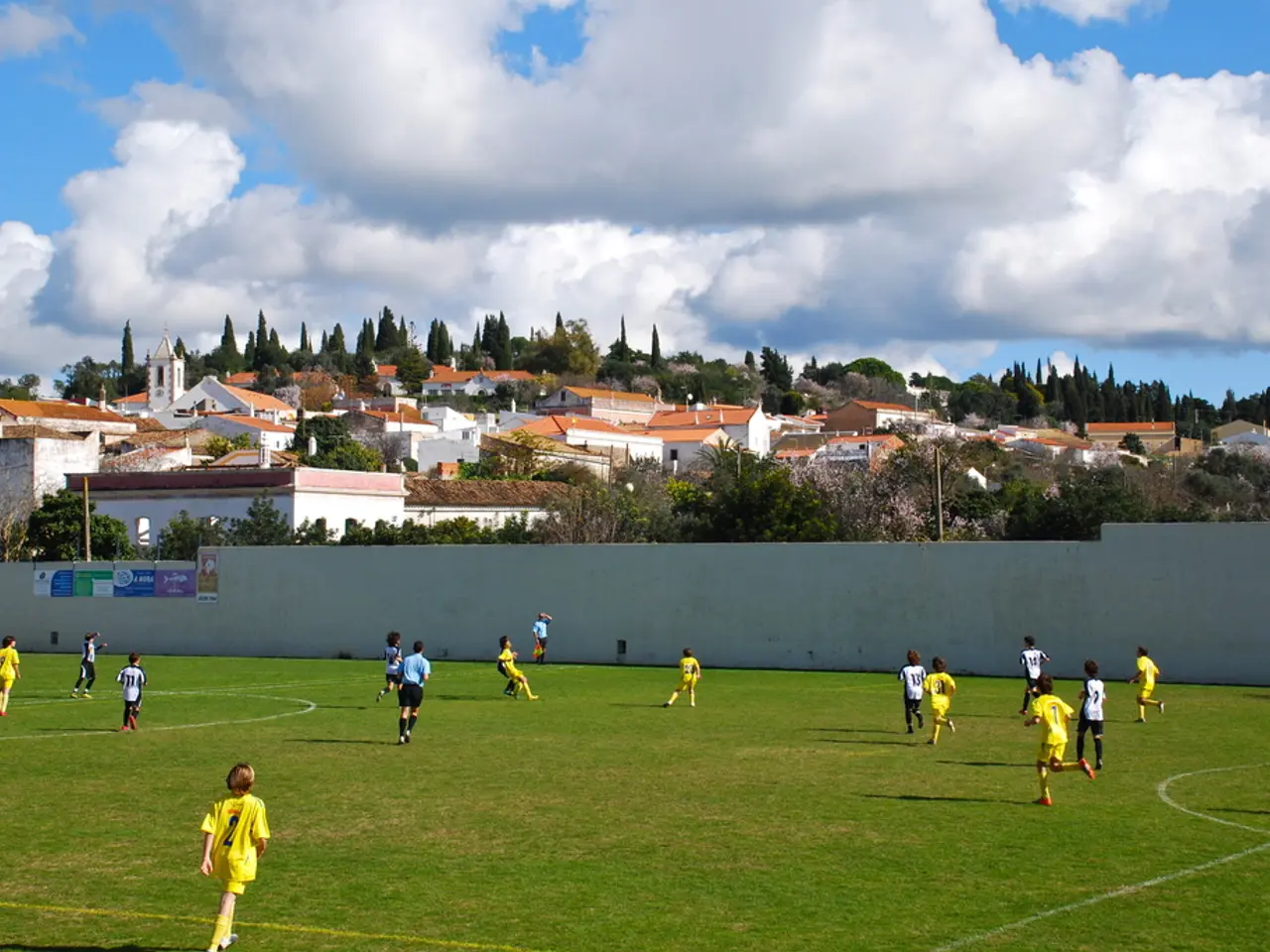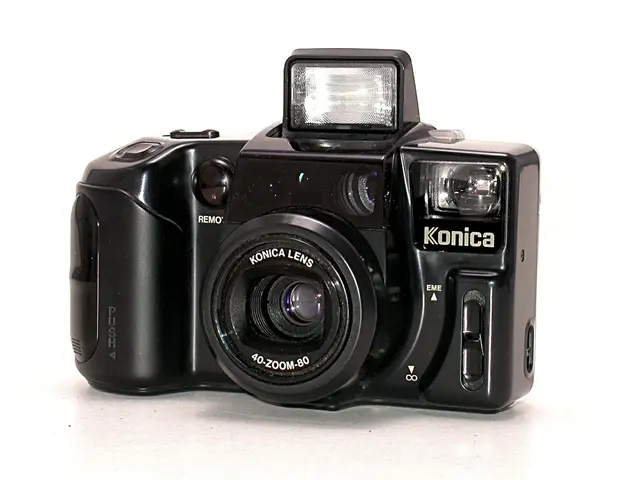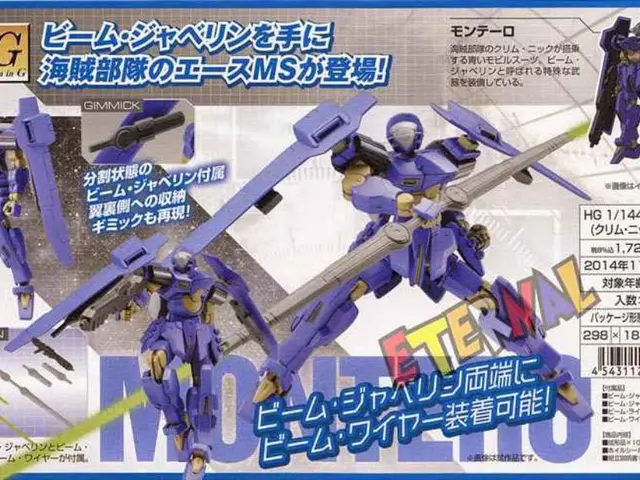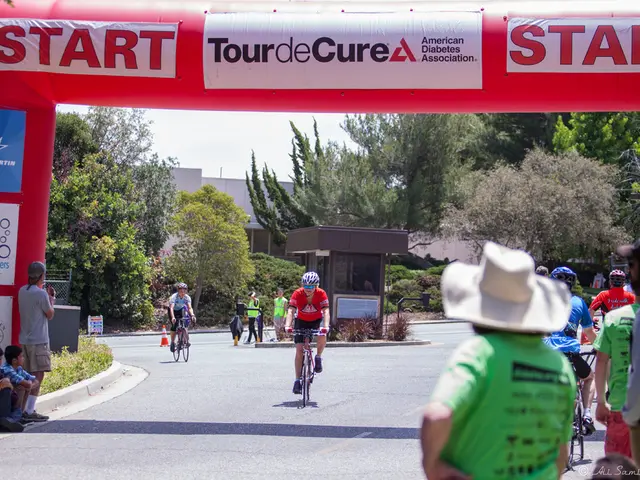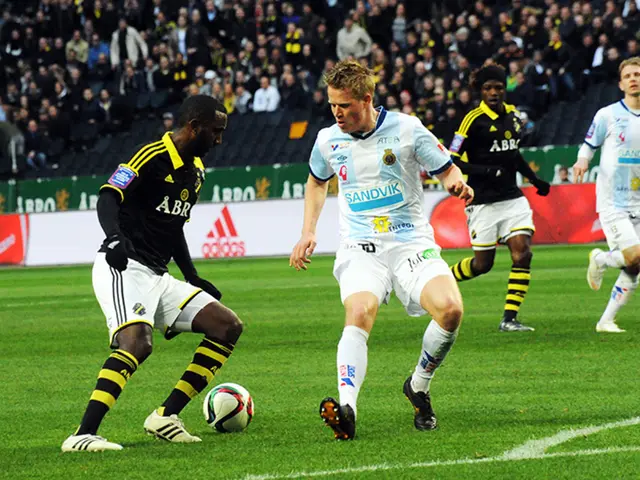The Evolution of "Schedule I" Into a Prolific Content Generator
In the world of video games, Schedule I has made a significant impact, amassing hundreds of millions of short-form views and selling 6 million copies on Steam. The key to its success lies in a strategic approach to marketing, one that embraces the power of social media and the concept of "Design for Shareability."
Minimalist HUD elements in Schedule I allow for clean screen recordings, focusing on action rather than icons or health bars, making it ideal for short-form video platforms like TikTok. This design choice, combined with optimised key animations and UI elements, creates TikTok-ready moments that auto-replay perfectly in the vertical feed, maximising watch time.
The game's four-player co-op design generates unpredictable, humorous moments, eliminating the need for extra editing or staging. These unscripted moments are ideal for sharing on social platforms, becoming perfect bite-sized clips. Social bonding is encouraged as friends can tag each other in videos, turning personal inside jokes into public content.
Schedule I's viral success can be traced back to a simple Reddit post titled "Am I kneecapping myself with my games name?" The candid discussion humanised the developers, sparking early press coverage and wishlist spikes. This first viral moment was followed by the strategic use of hashtags like #Schedule1, further fuelling the game's community-driven buzz.
The game's success underscores the importance of building products with sharing in mind in the age of social media. Schedule I's approach to marketing, which includes clear goal setting, deep audience understanding, consistent content scheduling, using engaging and shareable content formats, collaboration and influencer partnerships, performance tracking and optimization, content calendar and team coordination, has proven that engineered virality can outperform traditional ad spend.
While the exact strategies Schedule I used to engineer virality and maximize organic reach on social media platforms are not fully detailed, it is clear that their success stems from a sophisticated, data-driven implementation of such tactics, balancing creative content with strategic planning, audience insight, and real-time optimization.
In conclusion, Schedule I's viral success serves as a powerful example of how a well-executed social media strategy can transform a video game into a viral phenomenon. Its story highlights the potential of designing for shareability and the power of community-driven buzz in the digital age.
Gadget enthusiasts are increasingly drawn towards technology like Schedule I, a video game that has leveraged social media for remarkable success. Its viral moments, full of unscripted humor and TikTok-ready design, have made it a perfect fit for entertainment on social-media platforms.
